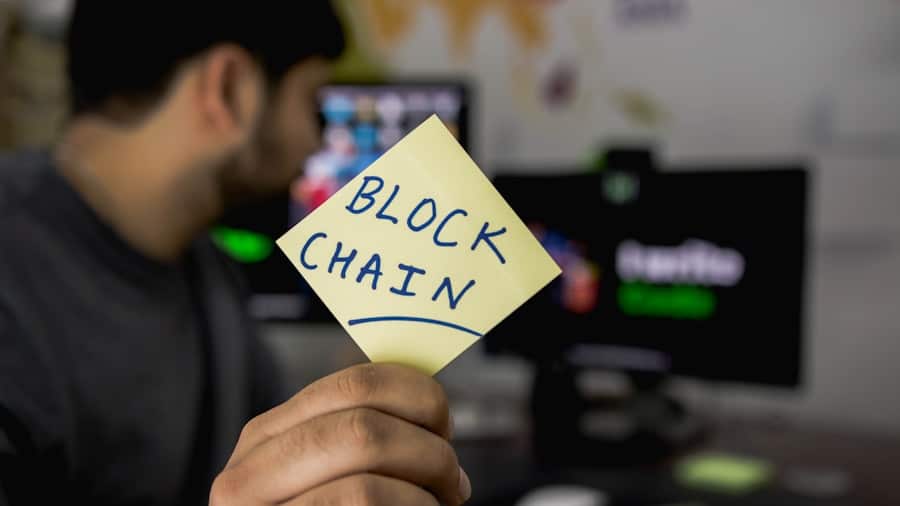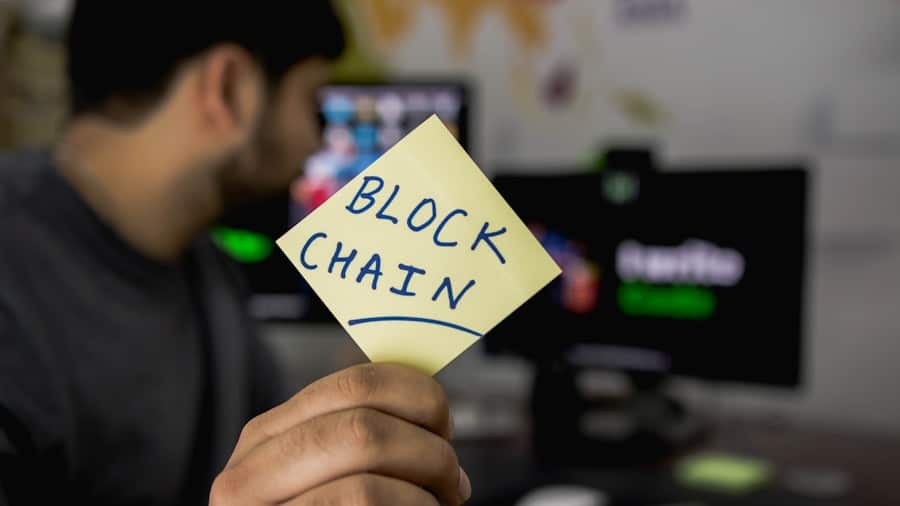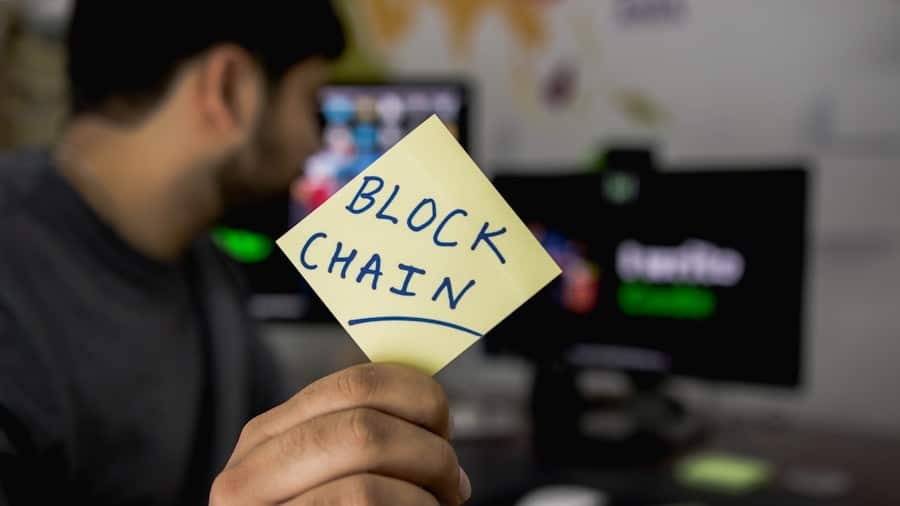The concept of the Metaverse has evolved significantly over the past few years, transitioning from a niche idea in science fiction to a burgeoning digital reality. At its core, the Metaverse is an expansive virtual environment where users can interact with each other and digital objects in real-time. This immersive space encompasses various experiences, including gaming, social interaction, commerce, and even education.
As users navigate this digital landscape, they encounter a plethora of digital assets—ranging from virtual real estate and avatars to unique items and collectibles—that can be owned, traded, or utilized within these environments. Digital asset ownership in the Metaverse introduces a new paradigm for how individuals perceive value and property. Unlike traditional assets, which are often tied to physical forms and legal frameworks, digital assets exist solely in virtual spaces.
This shift raises questions about authenticity, provenance, and ownership rights. For instance, a virtual piece of art or a rare in-game item can hold significant value, but the mechanisms for establishing ownership and ensuring its uniqueness are fundamentally different from those in the physical world. As users increasingly invest time and resources into these digital assets, understanding the implications of ownership becomes crucial for navigating the Metaverse effectively.
Key Takeaways
- The metaverse is a virtual reality space where users can interact with a computer-generated environment and other users, and digital asset ownership is a key component of this virtual world.
- Blockchain technology plays a crucial role in the metaverse by providing a secure and transparent way to verify and record digital asset ownership.
- Blockchain enables secure and transparent ownership in the metaverse by creating a decentralized and tamper-proof ledger of transactions, ensuring that digital assets are authentic and cannot be duplicated or manipulated.
- Smart contracts are essential in managing digital assets in the metaverse, as they automatically execute and enforce the terms of an agreement, providing a reliable way to transfer and manage digital assets.
- NFTs (non-fungible tokens) have a significant impact on asset ownership in the metaverse, as they allow for unique and irreplaceable digital assets to be bought, sold, and owned securely on the blockchain.
The Importance of Blockchain in the Metaverse
Blockchain technology serves as the backbone of the Metaverse, providing a decentralized framework that enhances security, transparency, and trust among users. At its essence, blockchain is a distributed ledger that records transactions across multiple computers in a way that ensures the data cannot be altered retroactively without consensus from the network. This characteristic is particularly vital in the context of the Metaverse, where users engage in transactions involving digital assets that require verifiable ownership and authenticity.
The decentralized nature of blockchain eliminates the need for intermediaries, such as banks or centralized platforms, which can often introduce inefficiencies and vulnerabilities. In the Metaverse, this means that users can buy, sell, and trade digital assets directly with one another without relying on a third party to facilitate these transactions. This not only streamlines processes but also reduces costs associated with transaction fees.
Furthermore, blockchain’s inherent security features protect users from fraud and unauthorized access, fostering a safer environment for digital asset ownership.
How Blockchain Enables Secure and Transparent Ownership in the Metaverse

One of the most significant advantages of blockchain technology in the Metaverse is its ability to provide secure and transparent ownership records. Each transaction involving a digital asset is recorded on the blockchain, creating an immutable history that can be traced back to its origin. This transparency is crucial for establishing provenance—an essential factor in determining the value of digital assets.
For example, if a user purchases a virtual painting created by a renowned digital artist, they can verify its authenticity by tracing its ownership history on the blockchain. Moreover, blockchain technology allows for the creation of unique identifiers for each digital asset, ensuring that no two items are identical. This uniqueness is particularly important in environments where scarcity drives value.
In traditional markets, establishing authenticity often requires extensive documentation and verification processes; however, blockchain simplifies this by providing a tamper-proof record that can be accessed by anyone at any time. As a result, users can confidently engage in transactions knowing that their ownership rights are protected and verifiable.
The Role of Smart Contracts in Managing Digital Assets in the Metaverse
Smart contracts are self-executing contracts with the terms of the agreement directly written into code. They play a pivotal role in managing digital assets within the Metaverse by automating processes that would otherwise require manual intervention. For instance, when a user purchases a digital asset, a smart contract can automatically transfer ownership from the seller to the buyer once payment is confirmed.
This automation not only speeds up transactions but also reduces the potential for disputes between parties.
For example, a smart contract could stipulate that a virtual piece of real estate can only be sold after certain conditions are met, such as completing specific development milestones or obtaining necessary approvals from other stakeholders in the Metaverse.
This level of programmability allows for innovative business models and interactions that were previously unimaginable in traditional asset management frameworks.
NFTs and Their Impact on Asset Ownership in the Metaverse
Non-fungible tokens (NFTs) have emerged as a revolutionary force within the realm of digital asset ownership in the Metaverse. Unlike cryptocurrencies such as Bitcoin or Ethereum, which are fungible and can be exchanged on a one-to-one basis, NFTs represent unique digital items that cannot be replicated or exchanged on an equal basis. This uniqueness makes NFTs particularly well-suited for representing ownership of digital art, collectibles, virtual real estate, and other one-of-a-kind assets.
The rise of NFTs has transformed how creators monetize their work in the Metaverse. Artists can now sell their digital creations directly to consumers without relying on traditional galleries or auction houses.
Furthermore, NFTs often come with built-in royalties that ensure creators receive a percentage of future sales whenever their work changes hands. This ongoing revenue stream incentivizes artists to continue producing high-quality content while fostering a vibrant ecosystem within the Metaverse.
Challenges and Opportunities for Blockchain in the Metaverse

Scalability Issues
One significant hurdle is scalability; as more users engage with digital assets and transactions increase, blockchain networks must be able to handle this growing demand without compromising speed or efficiency. Many existing blockchain solutions face limitations regarding transaction throughput and latency, which could hinder user experiences in fast-paced environments like gaming or live events.
Regulatory Uncertainty
Another challenge lies in regulatory uncertainty surrounding digital assets and cryptocurrencies. Governments around the world are still grappling with how to classify and regulate these new forms of ownership. This lack of clarity can create apprehension among users and developers alike, potentially stifling innovation within the Metaverse.
Opportunities for Growth
However, these challenges also present opportunities for growth and development. As more stakeholders recognize the potential of blockchain technology to revolutionize asset ownership, there will likely be increased investment in research and development aimed at overcoming these obstacles.
The Future of Asset Ownership in the Metaverse with Blockchain Technology
Looking ahead, the future of asset ownership in the Metaverse appears promising as blockchain technology continues to evolve and mature. Innovations such as layer-2 solutions aim to enhance scalability by allowing transactions to occur off-chain while still benefiting from the security of the underlying blockchain. These advancements could facilitate seamless interactions within the Metaverse, enabling users to buy and sell digital assets with minimal friction.
Moreover, as interoperability between different blockchain networks improves, users will have greater flexibility in managing their digital assets across various platforms within the Metaverse. This interconnectedness could lead to new economic models where users can leverage their assets across multiple environments—such as using virtual real estate from one platform to host events on another—creating richer experiences and opportunities for monetization.
Implications for Industries and Individuals in the Metaverse with Blockchain-based Asset Ownership
The implications of blockchain-based asset ownership extend far beyond individual users; entire industries stand to be transformed by these developments within the Metaverse. For instance, real estate companies may begin exploring virtual property investments as more consumers seek immersive experiences online. Similarly, brands could leverage NFTs to create exclusive merchandise or experiences that resonate with their audiences in ways traditional marketing cannot achieve.
Individuals will also benefit from increased agency over their digital identities and assets. As users gain more control over their online presence through verifiable ownership of digital assets, they can curate their experiences within the Metaverse according to their preferences and values. This empowerment fosters creativity and innovation as individuals explore new ways to express themselves and engage with others in this dynamic environment.
In conclusion, as we continue to explore the intersection of blockchain technology and asset ownership within the Metaverse, it becomes clear that we are on the brink of a transformative era that will redefine how we perceive value and property in both digital and physical realms. The journey ahead promises exciting developments that will shape our interactions with technology and each other in profound ways.
In a recent article on enicomp.com, the best software for social media management in 2023 was discussed, highlighting the importance of utilizing technology to enhance online presence. This ties in with the concept of blockchain enabling asset ownership in the Metaverse, as both topics focus on leveraging digital tools to optimize performance and efficiency. To read more about the best software for social media management, check out the article here.
FAQs
What is the Metaverse?
The Metaverse is a collective virtual shared space, created by the convergence of virtually enhanced physical reality and physically persistent virtual reality.
What is Blockchain?
Blockchain is a decentralized, distributed ledger technology that records the provenance of a digital asset. It enables secure and transparent peer-to-peer transactions.
How does Blockchain enable asset ownership in the Metaverse?
Blockchain enables asset ownership in the Metaverse by providing a secure and transparent way to verify and transfer ownership of digital assets, such as virtual real estate, digital art, and virtual goods.
What are the benefits of using Blockchain for asset ownership in the Metaverse?
Using Blockchain for asset ownership in the Metaverse provides benefits such as security, transparency, immutability, and interoperability. It also allows for the creation of unique digital assets and the ability to prove ownership.
What are some examples of assets that can be owned using Blockchain in the Metaverse?
Assets that can be owned using Blockchain in the Metaverse include virtual real estate, digital art, virtual goods, in-game items, and digital collectibles.
How does Blockchain technology ensure the authenticity of digital assets in the Metaverse?
Blockchain technology ensures the authenticity of digital assets in the Metaverse by providing a transparent and immutable record of ownership, which can be verified by anyone on the network. This helps prevent fraud and counterfeiting.

